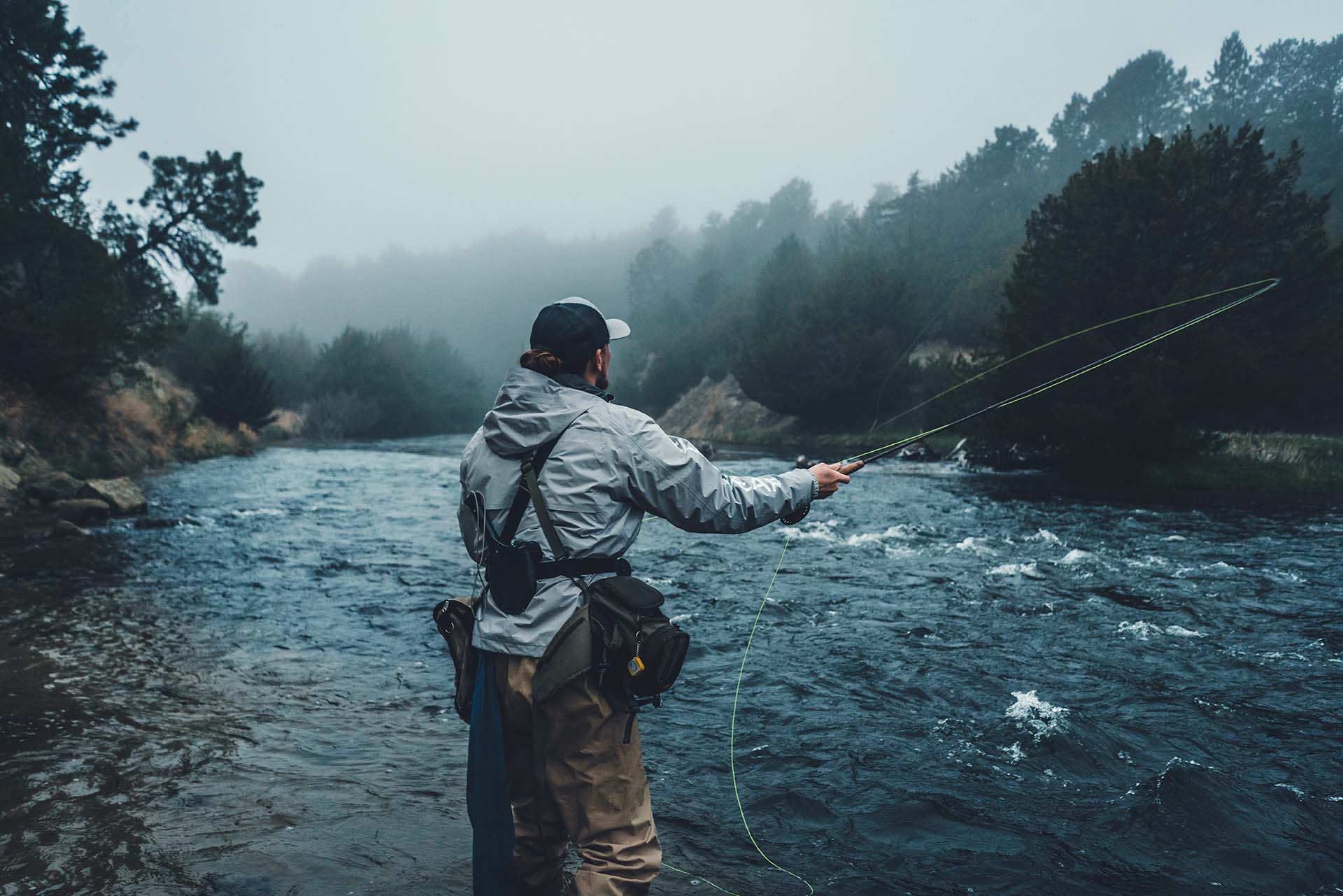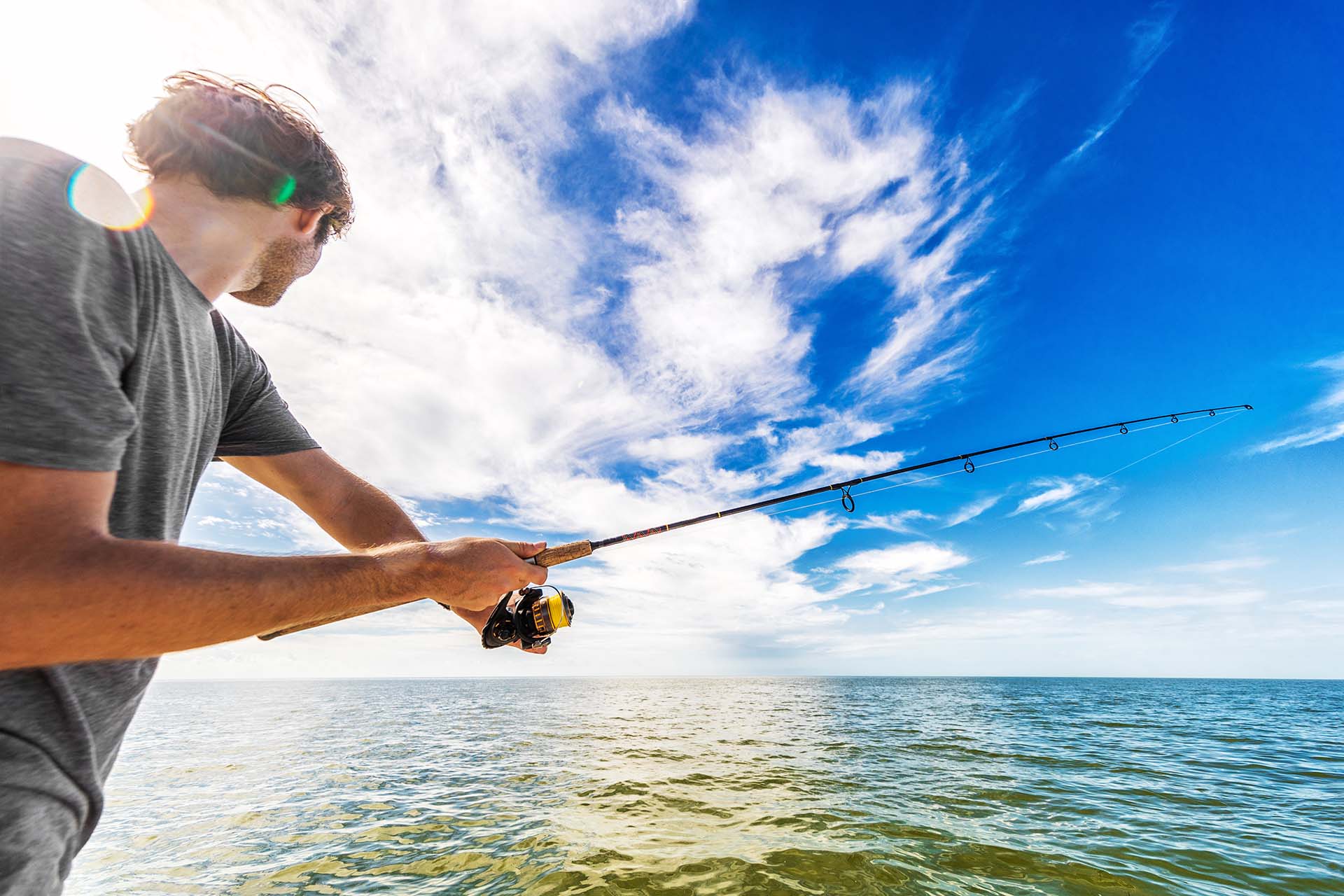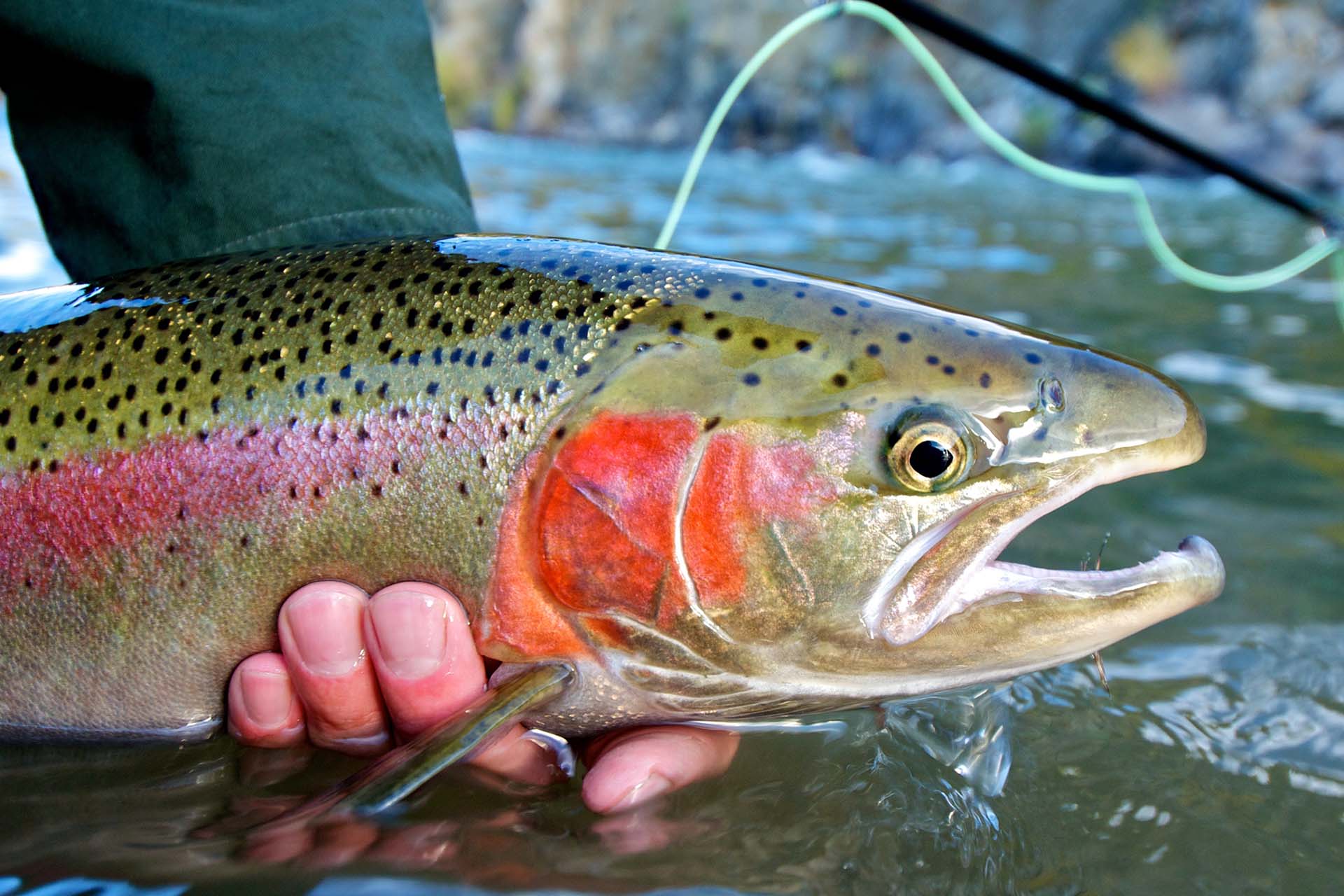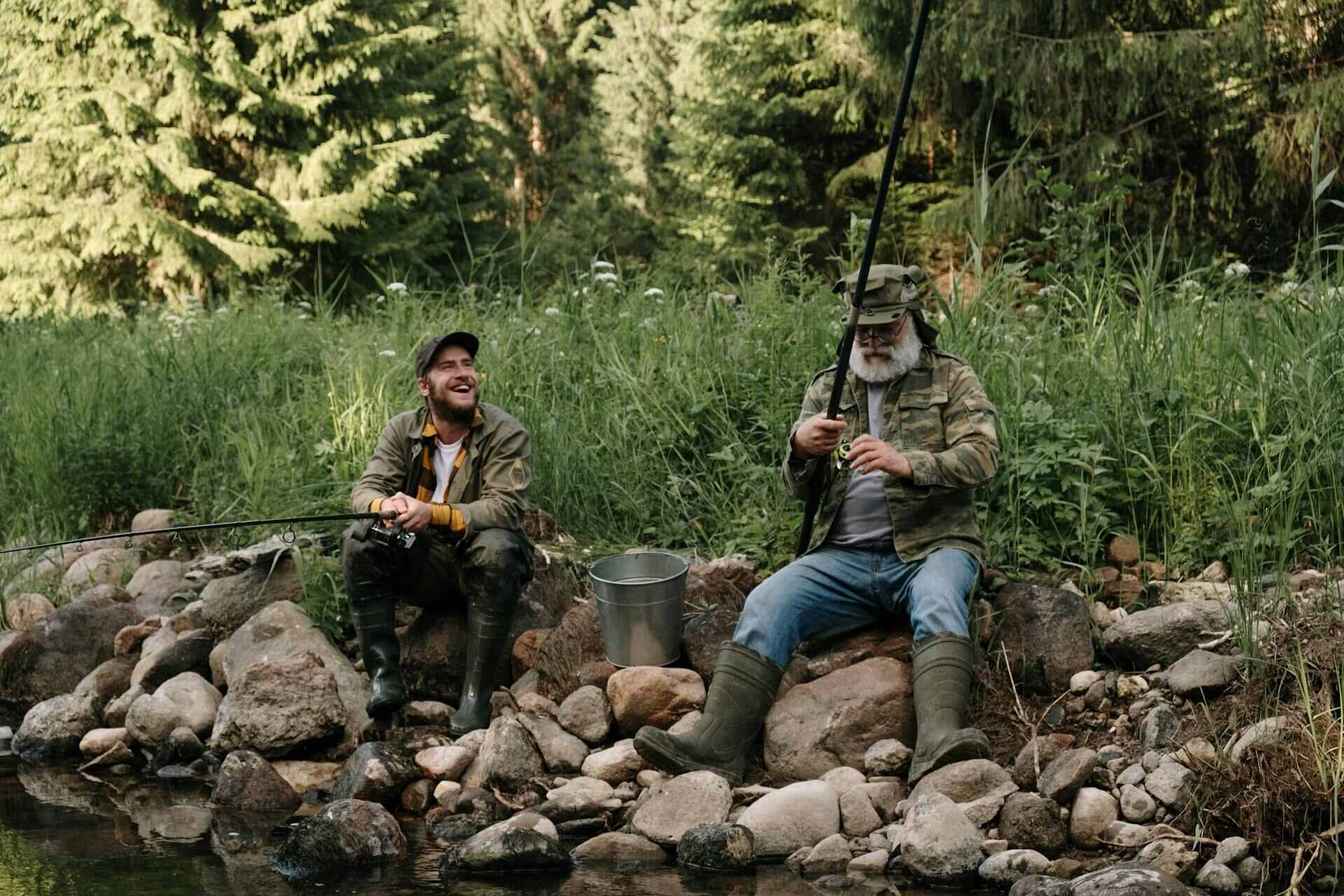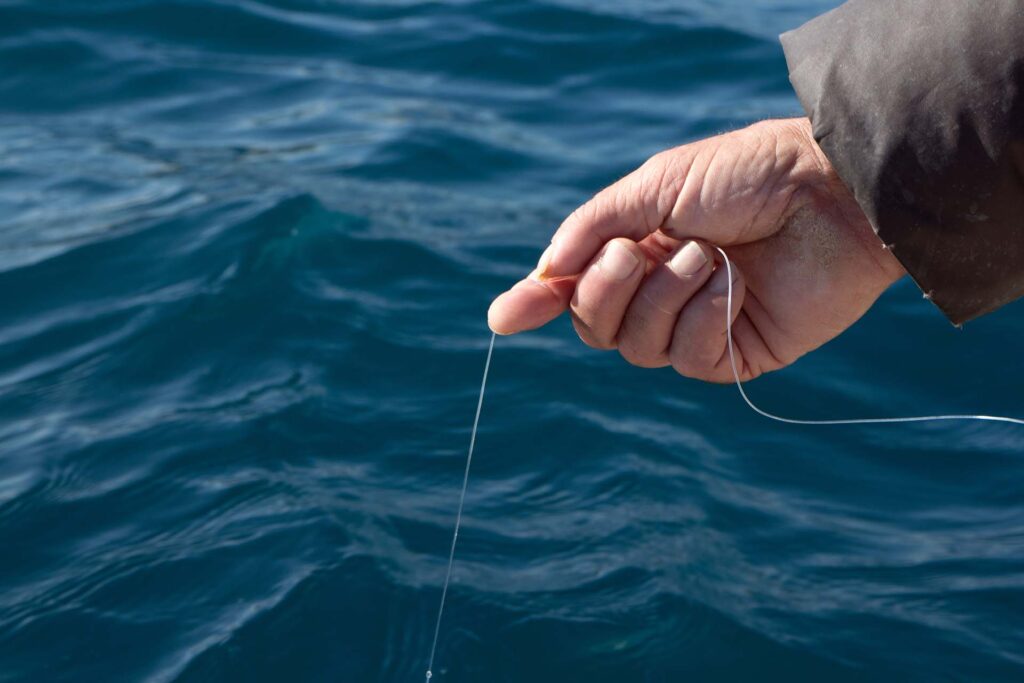Cracking the code on how to catch American shad can be a bit like unlocking a treasure chest filled with silvery rewards. This elusive fish, known for its spirited runs and acrobatic jumps, offers quite a challenge for even the most skillful of anglers. Let’s dive in and uncover the secrets to landing these magnificent creatures, ensuring your fishing tales are as sparkling as your catch.
How to Catch American Shad?
American shad can be caught by using angling techniques such as drift fishing, jigging, and fly fishing. To successfully do it, you need to arm yourself with light to medium-action fishing rods, match them with spinning reels, and choose a 6 to 10-pound test line for the perfect setup. Also, make sure you embrace catch-and-release practices to ensure the conservation of American shad, enhancing the thrill of the catch, all while ensuring the health of our waterways for future generations.

The Story Behind the Biology – Get to Know Your Target
Certain species are just much more than your average, common catch in their part of the world, and that’s shad for North America. This fish is literally a part of the nation’s fabric, a historic staple that fed its people for centuries.
Spotting one is like catching a glimpse of aquatic royalty. They boast a striking silvery sheen, punctuated by a series of delicate, dark spots along their flank. Adults can stretch to impressive lengths of 20 to 24 inches and weigh in at 3 to 8 pounds, making them a formidable target for any angler. Their distinctive forked tail and compressed body not only make them standout swimmers but also a thrilling challenge to reel in.
Shad Migration Patterns – This Species Is Known to Travel Far and Wide
Even though North America is their true home, these fish don’t like to stay in one place. Living the anadromous lifestyle, they are born in the fresh waters of rivers, but spend most of their adult lives in the salty ocean.
However, once it’s time to spawn in spring, they like to return to their birthplace, so catching shad in spring becomes a right of passage for every angler out there. Here are some notable hotspots for this event:
- The Columbia River,
- The Delaware River,
- The Connecticut River,
- The Potomac River,
- The Hudson River.
A Brief Look into Shad’s Favorite Lunch Menu
What’s on the menu for this fascinating creature? Well, they’re not too picky, feasting on a buffet of small fish, crustaceans, and insects that populate their aquatic highways. This diet enriches them with energy for their long migrations and contributes to their robust size and fighting spirit.
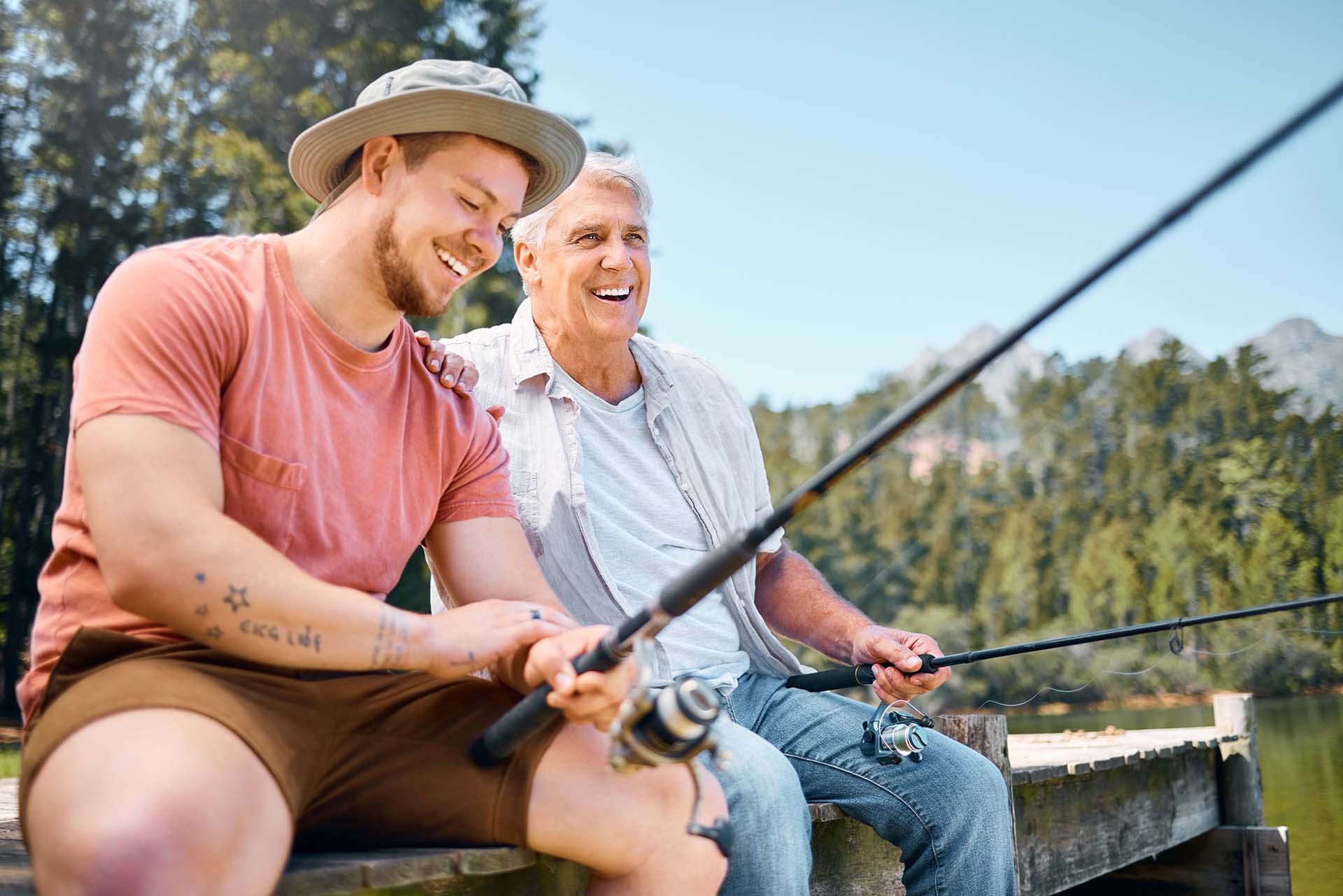
Why Is This Challenge So Alluring to North American Anglers?
As just discussed, this challenge is kind of like a rite of passage, connecting anglers to a storied tradition and the pulsing life of America’s rivers. River fishing for shad demands a blend of skill, patience, and understanding of nature’s rhythm, making each successful catch a testament to the angler’s prowess.
Moreover, the shad’s annual migration offers a unique window of opportunity that anglers eagerly anticipate each year. This seasonal event creates a communal atmosphere along rivers and streams. So, if you’re looking to participate this year, let’s dive into everything you’ll need for such a thrilling endeavor.

Preparing For The Season – Here’s The Essential Gear And Tackle For Shad Fishing
With the whispers of spring in the air, the prime time is upon us. Now is the moment to gear up, ensuring you’re fully prepared for what promises to be an exhilarating season. Let’s dive into the essentials, making sure you’re ready to make the most of the shad run.
A Light To Medium-Action Rod Combined With A Spinning Reel Should Do The Trick
When targeting this fascinating creature, the ideal fishing rod is one that strikes a balance between sensitivity and strength. A light to medium-action rod, about 6 to 7 feet long, offers the flexibility needed to cast small lures accurately while providing enough backbone to handle the shad’s feisty fight. I personally use the Quantum Graphex Medium Spinning Rod and it’s proven itself times and times again.
Pairing your rod with a quality spinning reel completes your setup for success. A great choice would be the Piscifun Flame Spinning Reel. Get it in the 2500 to 3000 size range, and you’ll have a smooth drag and reliable performance, which is perfect for the task.
Natural Baits vs. Artificial Lures – Which Route Should You Take?
Natural baits, such as worms or small pieces of cut bait, have the advantage of emitting scents that can attract your target from afar. On the flip side, small jigs are the best shad fishing lures every angler would swear by. For example, Temorah Shad Darts, with their bright colors and unique darting action, mimic the small prey this fish is accustomed to chasing. They allow for more strategic casting and retrieving techniques, giving anglers the ability to cover more water and target specific depths.
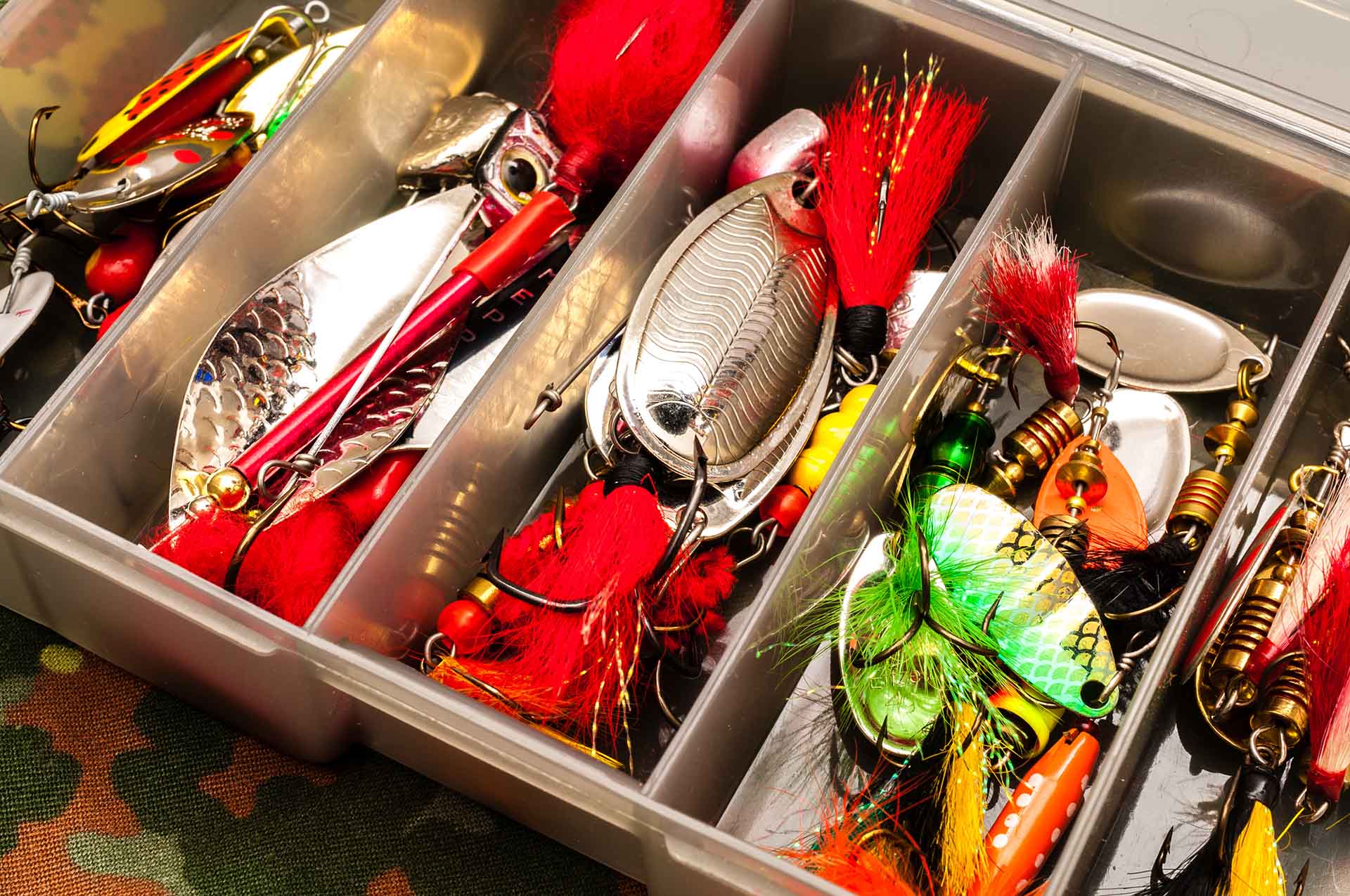
What Are The Most Effective Shad Fishing Techniques?
Now that you’re all geared up with the essential fishing tackle for shad, it’s time to focus on the art of the catch. With their keen senses and vigorous nature, these fish call for specific angling styles to outsmart them. Let’s delve into some effective techniques that have been tried and tested by anglers over the years, along with some American shad fishing tips to get you through each method.
Drift Fishing
Drift fishing is a classic technique that leverages the natural flow of the river to present your bait or lure in a lifelike manner. Cast upstream and let your setup drift down with the current, keeping a close eye on your fishing line for any signs of a bite. This method is particularly effective in areas where this species is known to rest and feed, as it mimics the movement of their natural prey.
Jigging
Jigging involves a more active engagement with your lure, creating an enticing motion that’s hard to ignore. After casting, allow your lure to sink, then periodically twitch the fishing rod tip, causing the lure to dart or jig in the water. This imitates an injured baitfish, triggering their predatory instincts and leading you to plenty of successful catches.
Fly Fishing
Fly fishing for American shad adds an element of finesse and challenge, using lightweight tackle and specially designed flies that resemble small fish or crustaceans. The key is to cast your fly into promising spots, using a series of retrieves to mimic the erratic movements of prey. This technique requires patience and skill, as the art of fly casting is both complex and rewarding.
Reading The River For Shad Is All About Understanding Water Temperature And Clarity
As these migratory fish respond keenly to the environment, understanding water temperature and clarity can dramatically enhance your strategy. Typically, they start to move when water temperatures reach the magic range of 50 to 60 degrees Fahrenheit. This thermal window stimulates activity, making them more likely to bite.
As for the clarity, this species tends to be more cautious in clearer waters, requiring a more subtle approach. On the flip side, in murkier conditions, vibrant lures and baits can make a world of difference in attracting their attention. At the end of the day, it’s all about observation, as well as staying persistent and ready to adapt on the go. By becoming attuned to these nuances, you will be ready to adapt and thrive alongside the rhythms of the river and its inhabitants.
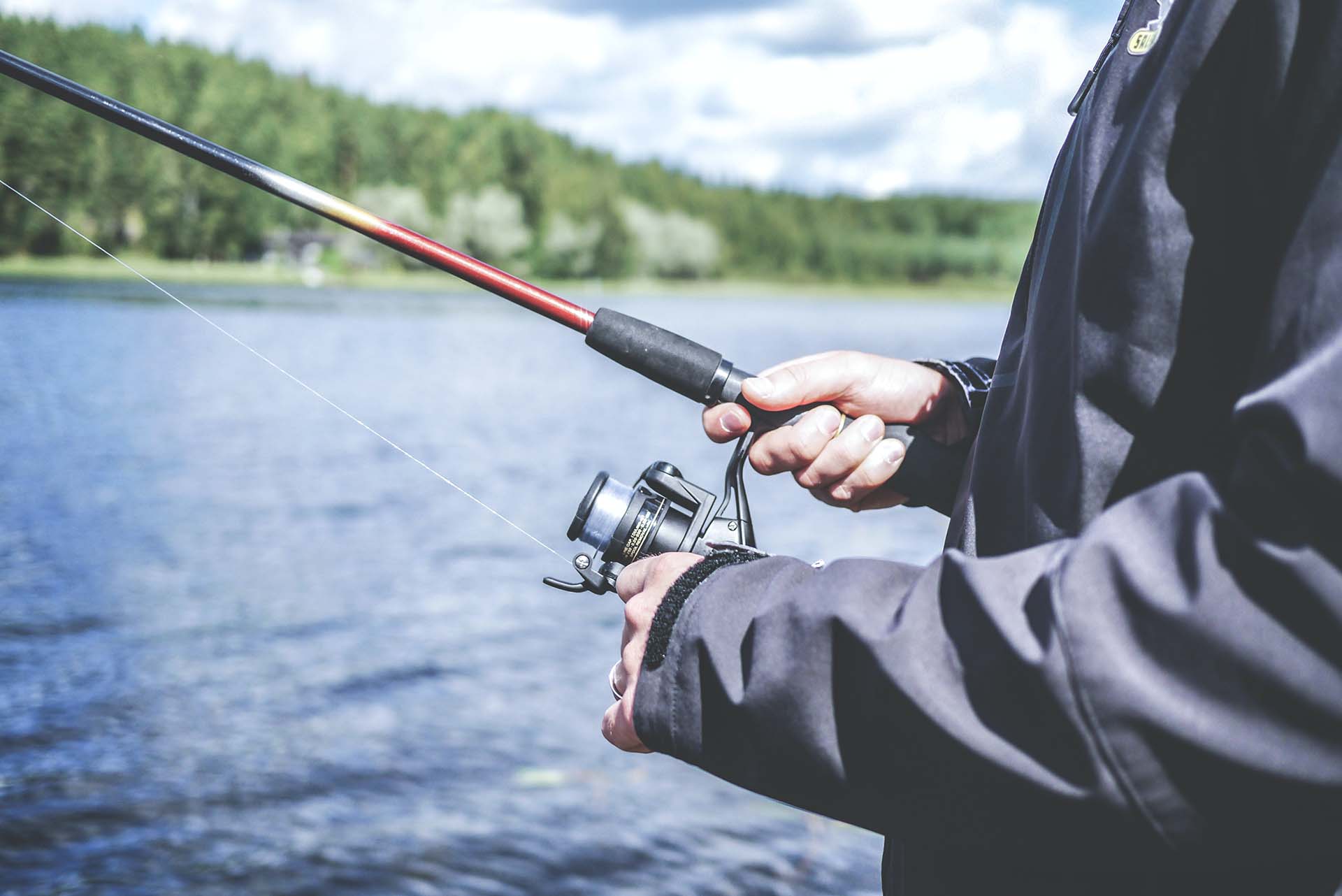
Last But Not Least – Make Sure You Do Your Part By Employing Sustainable Practices
As we’ve mentioned at the beginning of this discussion, shad literally swam through the annals of American culture, providing sustenance and sport for generations. As guardians of this tradition, it’s up to us to ensure that this legacy continues in a way that honors both the species and the environment.
Embracing sustainable practices isn’t just about adhering to shad fishing regulations – it’s a commitment to the future of this sport, ensuring everyone gets to experience this thrill. Supporting habitat restoration projects, advocating for clean water initiatives, and simply being mindful of your impact when out on the river are all ways to contribute. Remember, every small action adds up to a significant difference.
It’s Time To Get Out There And Take Part In History
As you step into the waterways, rod in hand, remember you’re part of a tradition that spans centuries, a participant in the ongoing story of this fascinating aquatic creature. Here’s to the many seasons ahead, filled with bountiful catches, the laughter of friends, and the preservation of this cherished sport. Let’s do our part in being mindful of the legacy we carry and the legacy we’ll leave behind.
Frequently Asked Questions
What Makes American Shad Difficult To Catch?
They are known for their elusive nature, primarily due to their speed and agility in the water. Their migratory patterns also mean they’re only available in certain rivers and at specific times of the year, adding to the challenge. The shad’s discerning eye and preference for specific water conditions further complicate their capture, requiring precise techniques and timing from anglers.
How Can I Tell When The Shad Run Is Starting?
The start of the season is closely tied to water temperatures, which trigger their migration upstream for spawning. Typically, when water temperatures consistently reach around 50 to 60 degrees Fahrenheit, it’s a good sign that the run is about to begin. Observing local fishing reports and staying in touch with fishing communities can also provide timely indicators.
What Are The Most Effective Colors For Shad Lures?
The most effective colors for shad lures often include bright, reflective options such as silver, gold, chartreuse, and pink. These colors mimic the natural prey and are particularly visible in a variety of water conditions, from clear to murky. Adjusting lure colors based on the day’s light conditions and water clarity can significantly increase your chances of success.


